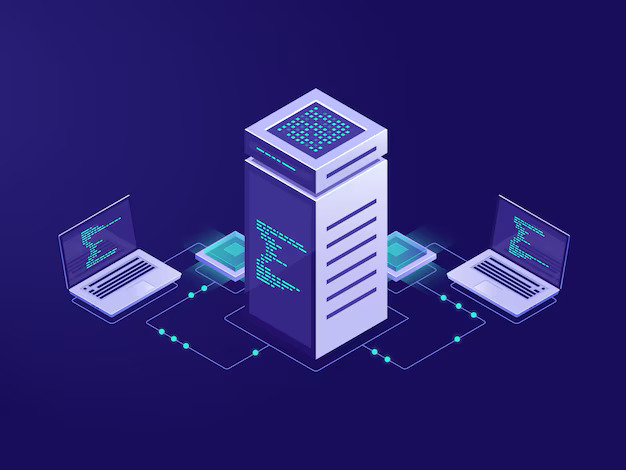Securing a Linux server is a critical task that involves implementing a series of best practices and security measures.
The first step is to ensure that the server is running the latest version of the operating system and all installed software packages are up to date with the most recent security patches.
Next, it’s important to configure a robust firewall to restrict incoming and outgoing network traffic, only allowing access to essential ports and services.
Creating strong, unique passwords for all user accounts and enabling SSH key-based authentication adds an extra layer of protection against unauthorized access attempts.
Regularly monitoring system logs for suspicious activity, setting up intrusion detection systems, and using tools like fail2ban to prevent brute-force attacks are also key.
Implementing access controls, disabling unnecessary services, and properly configuring file and directory permissions following the principle of least privilege further hardens the server’s security posture.
Encrypting sensitive data both in transit and at rest, performing routine backups, and having a well-defined incident response plan round out a comprehensive approach to securing a Linux server and protecting valuable data assets.

